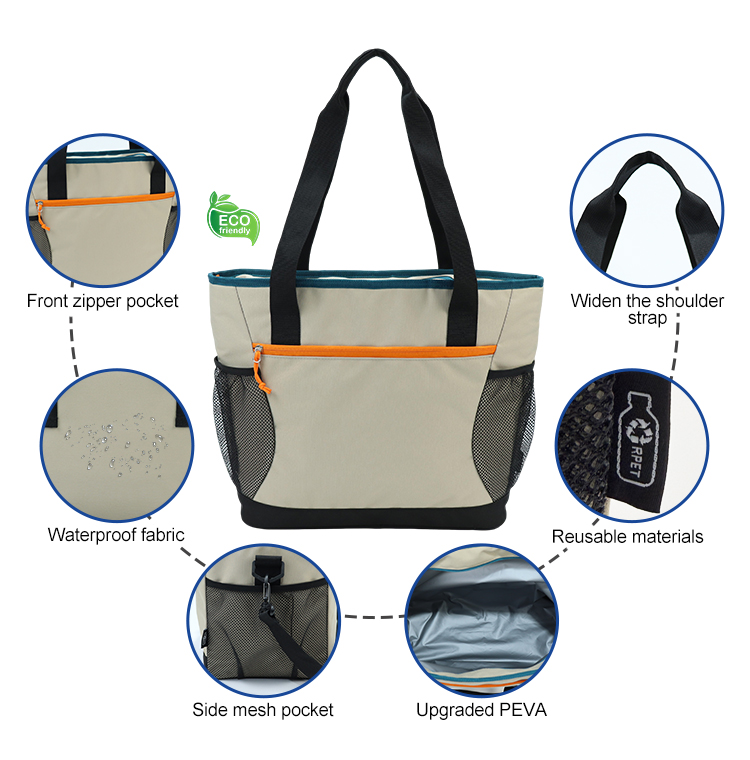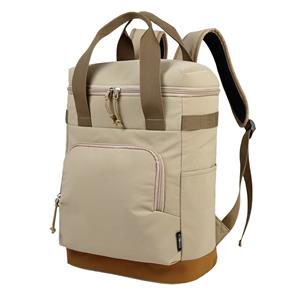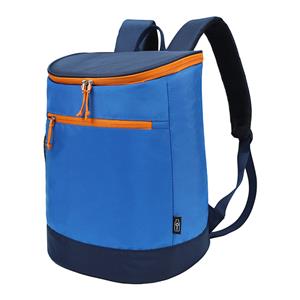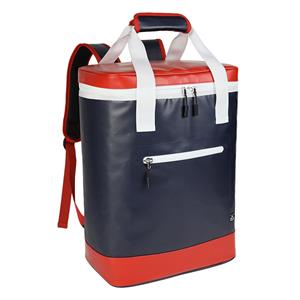- Corporate News
- Industry News
- Blog
- Product news
The ECO-friendly promise extends to the bag's end-of-life considerations
The journey toward genuine sustainability begins with material selection, and here lies the first revolutionary principle. Traditional lunch bags, even those marketed as "reusable," often conceal a dirty secret: their construction relies on virgin plastics, petroleum-based neoprene, or chemical-laden PVC that continues the cycle of environmental degradation. In stark contrast, the ECO-friendly designation on this advanced carrier signals a meticulous commitment to materials that honor rather than exploit our finite resources. The waterproof fabric exterior isn't merely a protective barrier—it's woven from recycled PET bottles, each bag diverting approximately 15 plastic containers from landfills and ocean gyres. This transformative upcycling process reduces energy consumption by 59% compared to virgin polyester production while cutting CO2 emissions by 32% per bag manufactured. When you carry this bag, you're literally carrying the rescued fragments of what would have become marine pollution, now repurposed into a durable, elegant solution that stands resilient against the elements.

The waterproof fabric serves an environmental purpose far beyond keeping your documents dry. In our changing climate, weather patterns have become increasingly erratic—sudden downpours and extreme humidity are the new normal. A lunch bag that fails in these conditions becomes landfill fodder, but this bag's superior waterproofing ensures a functional lifespan measured in years, not seasons. The advanced DWR (durable water repellent) coating is PFC-free, avoiding the "forever chemicals" that contaminate groundwater and accumulate in living tissue. Instead, it employs innovative C0 chemistry derived from plant-based sources that biodegrades naturally. This commitment to non-toxic performance means that when the bag finally reaches the end of its extended life, it doesn't leave behind a legacy of chemical pollution. The fabric's resilience also means it requires less frequent washing—saving approximately 500 gallons of water per year compared to canvas alternatives that absorb stains and odors.






